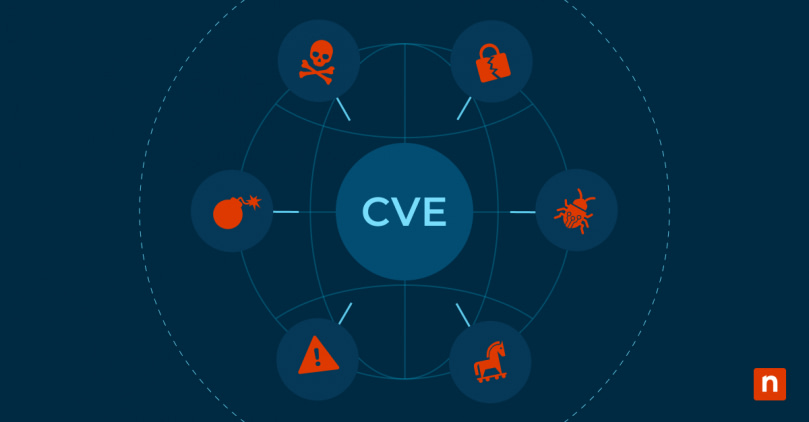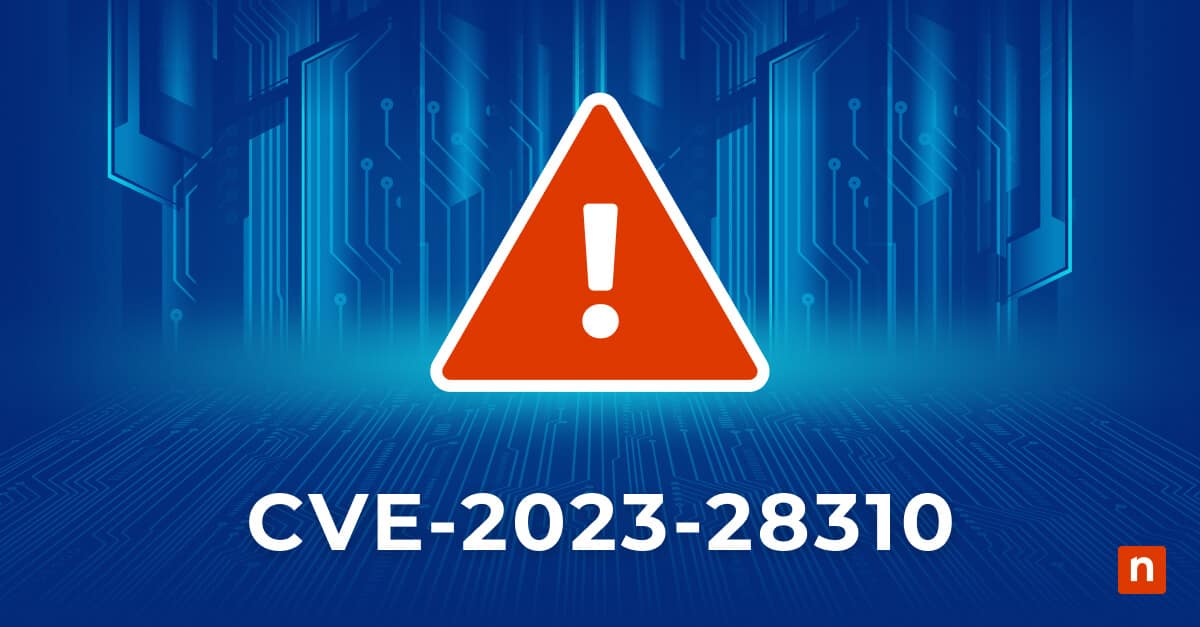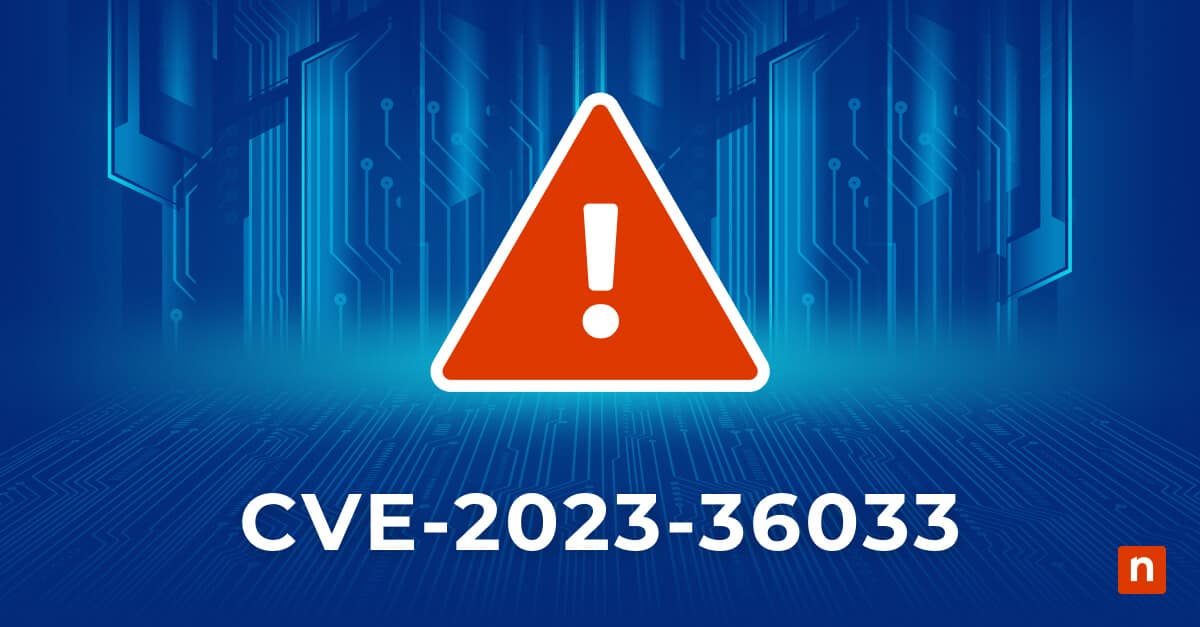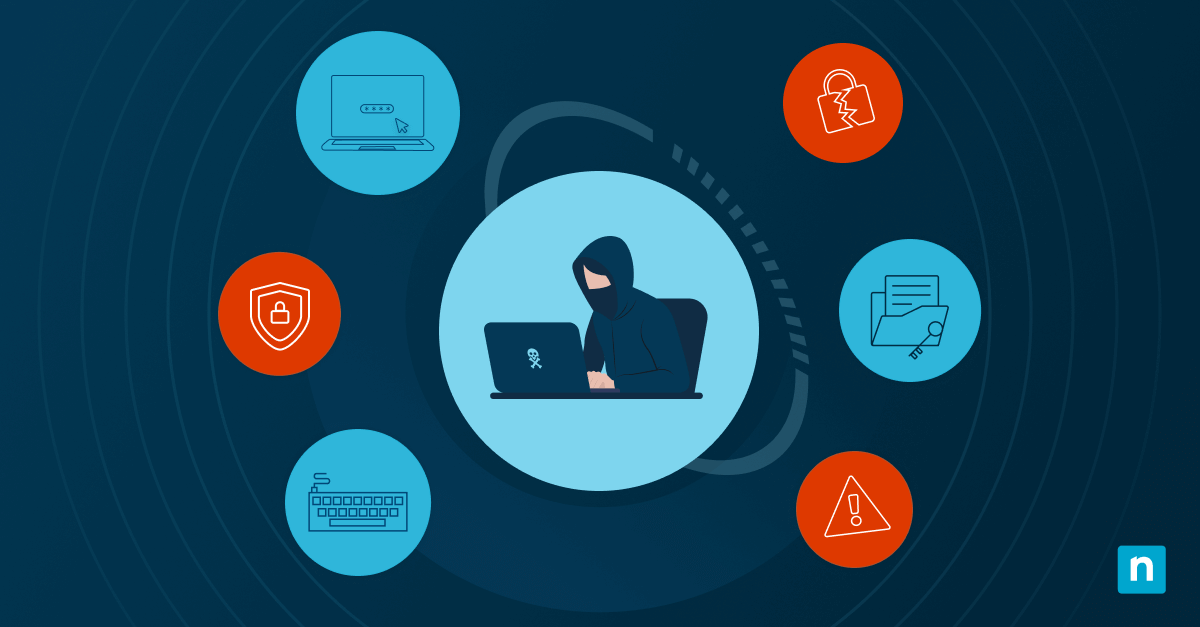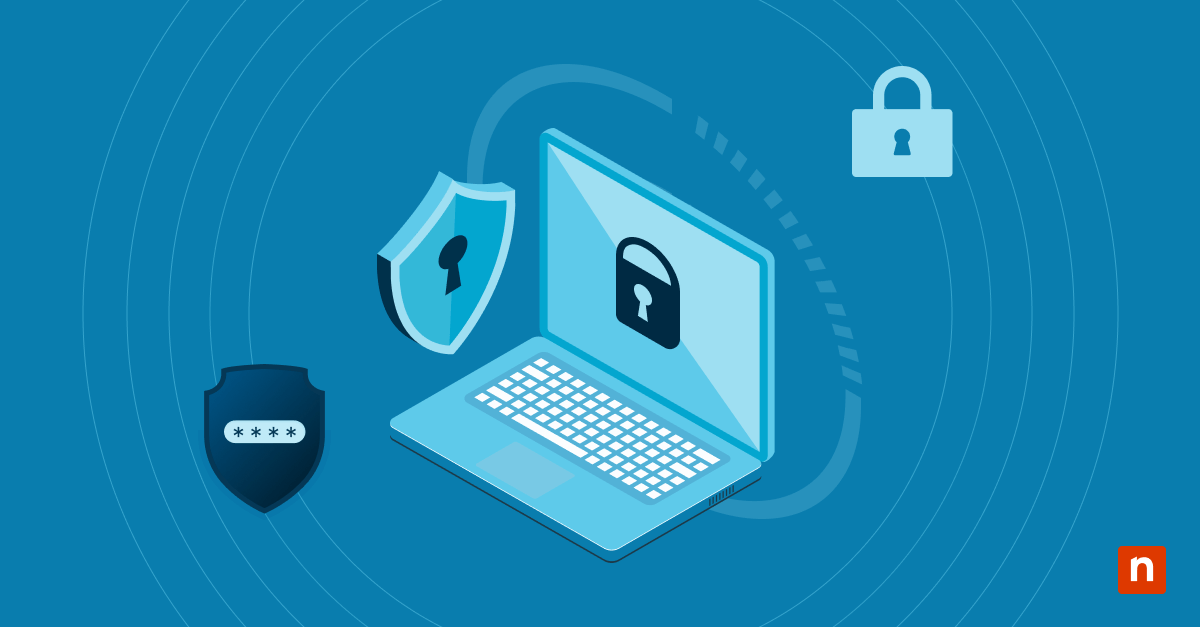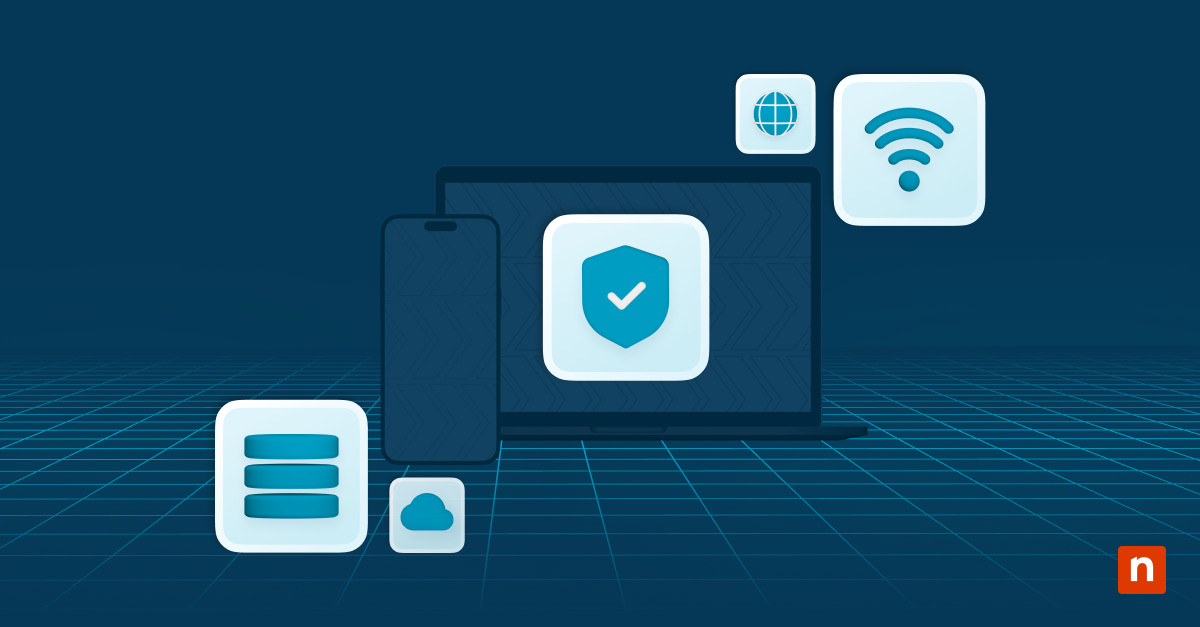As organizations and individuals rely more and more on technology for many aspects of their lives, the security of digital assets is of increasing concern. From personal data to critical infrastructure, the digital landscape is rife with potential vulnerabilities that can be exploited by malicious actors. Cybersecurity has become a mainstream imperative as breaches and cyber threats continue to escalate.
Common Vulnerabilities and Exposures (CVEs) are the foundation of vulnerability management, playing a pivotal role in the understanding, categorization, and remediation of software vulnerabilities. This guide explores the concept of CVEs, what they are, how they are structured, and how they contribute to the management of security issues.
What is a CVE?
A CVE is a standardized identifier assigned to a specific software vulnerability. It provides a unique reference point that cybersecurity professionals, vendors, and researchers can use to discuss, share, and mitigate vulnerabilities across diverse systems and platforms. CVEs provide a common language for discussing and managing vulnerabilities.
To grasp the practical application of CVEs, let’s consider examples. The infamous CVE-2017-0144, also known as EternalBlue, exposed vulnerabilities in Microsoft’s SMB protocol in 2017, leading to the global WannaCry ransomware attack.
Another example is CVE-2014-0160, the Heartbleed bug of 2014, which affected the OpenSSL cryptographic software library. These examples highlight the critical role CVEs play in understanding and addressing vulnerabilities on a global scale.
CVE components and structure
CVE numbering follows a structured format. The identifier begins with the prefix “CVE-” followed by the year of assignment and a unique sequential number. For example, “CVE-2022-1234” signifies a vulnerability assigned in the year 2022, it being the 1234th vulnerability identified. This structured format allows for chronological tracking and referencing of vulnerabilities over time.
In addition to CVE numbers, vulnerabilities are often associated with the Common Vulnerability Scoring System, or CVSS. These scores provide a quantitative measure of the severity of a vulnerability, considering factors such as exploitability, impact, and complexity. Ranging from 0 to 10, a higher CVSS score indicates a more severe vulnerability.
CVEs are managed by the CVE Numbering Authority (CNA), and the central repository for CVEs is the MITRE CVE database. CNAs are organizations or entities authorized to assign CVE identifiers to vulnerabilities within their scope. MITRE, a not-for-profit organization, acts as the primary coordinator for the CVE program, maintaining the database and ensuring the integrity and uniqueness of assigned identifiers. This process ensures that each vulnerability has a distinct identifier for accurate tracking and communication.
When a vulnerability is discovered, the CNA responsible for the affected product or system requests a CVE identifier from MITRE. Once assigned, the CVE is published in the MITRE CVE database, providing a centralized and accessible repository for cybersecurity professionals.
The significance of CVEs in cybersecurity
CVEs play a key role in the proactive identification and resolution of software vulnerabilities. By providing a standardized reference, cybersecurity professionals can communicate efficiently, share threat intelligence, and collaborate on mitigating vulnerabilities before they are exploited.
In the event of a cybersecurity incident, CVEs become essential in incident response. Security teams can refer to CVEs to understand the nature of vulnerabilities, assess their severity, and implement targeted measures to address the specific threats posed by the identified vulnerabilities.
Real-world incidents, such as the Equifax data breach (CVE-2017-5638) and the Apache Struts vulnerability, highlight the critical importance of CVEs. In these cases, the exploitation of known vulnerabilities led to significant data breaches, emphasizing the need for organizations to stay vigilant, patch systems promptly, and monitor CVE databases for emerging threats.
5 notable CVEs that every IT team should know about
These five notable CVEs caused significant impact to digital assets, and continue to be of concern for unpatched and outdated systems. Be mindful that the threat landscape evolves rapidly, and new CVEs are emerging all the time, such as CVE-2024-20666 and CVE-2023-5129. Always stay informed about the latest threats and vulnerabilities.
1) CVE-2017-5638 (Apache Struts/S2-045 – Equifax Breach): This critical vulnerability in Apache Struts allowed remote code execution through a crafted Content-Type header in an HTTP request. The exploitation of this vulnerability led to the infamous Equifax data breach in 2017, exposing sensitive personal information of millions of individuals.
Risk: Remote attackers could execute arbitrary code on the affected server, potentially leading to unauthorized access and data breaches.
Mitigation: Promptly applying patches and updates for Apache Struts, as well as implementing web application firewalls.
2) CVE-2017-0144 (EternalBlue – WannaCry Ransomware): EternalBlue was an exploit leaked from the NSA that targeted a vulnerability in Microsoft’s SMB protocol. It was famously used in the WannaCry ransomware attack in 2017, affecting hundreds of thousands of computers globally.
Risk: This vulnerability allowed the rapid spread of ransomware across networks, encrypting files and demanding ransom payments.
Mitigation: Applying Microsoft’s security updates and disabling the outdated SMBv1 protocol.
3) CVE-2019-0708 (BlueKeep): BlueKeep was a critical remote code execution vulnerability in Microsoft’s Remote Desktop Protocol (RDP). It could allow an attacker to execute arbitrary code on a target system without user interaction.
Risk: Similar to EternalBlue, exploitation could lead to widespread attacks and potential compromise of unpatched systems.
Mitigation: Applying Microsoft’s security updates and disabling RDP on systems where it is not needed.
4) CVE-2020-1472 (Zerologon): Zerologon targeted a vulnerability in the Netlogon Remote Protocol (MS-NRPC) used by Windows domain controllers. Successful exploitation could allow an attacker to impersonate any computer, including the domain controller.
Risk: Attackers could potentially take control of a domain controller, leading to unauthorized access and network compromise.
Mitigation: Applying Microsoft’s security updates and enforcing secure Netlogon configurations.
5) CVE-2021-34527 (PrintNightmare): PrintNightmare was a vulnerability in the Windows Print Spooler service that allowed remote code execution. It received widespread attention due to its critical nature and the potential for exploitation.
Risk: Successful exploitation could allow an attacker to execute arbitrary code with system-level privileges.
Mitigation: Applying Microsoft’s security updates and implementing workarounds to disable the Print Spooler service where it’s not needed.
Use CVEs for proactive cybersecurity
As we have discussed, CVEs provide a foundation for vulnerability management. Adopting a standardized language for identifying, cataloging, and mitigating vulnerabilities promotes collaboration and communication among cybersecurity professionals worldwide.
Staying informed of the latest CVEs is critical to an efficient and proactive cybersecurity strategy. Organizations and individuals alike should regularly monitor CVE databases, apply patches promptly, and collaborate with the broader cybersecurity community to enhance collective resilience against emerging threats.
For NinjaOne users, accessing CVE information is streamlined through the platform, as well as information on zero-day exploits and mitigations being published in advance of vendor patch availability. Users can conveniently view CVE and CVSS scores directly from the platform, allowing for seamless integration of vulnerability management into their overall cybersecurity strategy. This integration enhances visibility, enabling IT teams to prioritize and address vulnerabilities efficiently.
NinjaOne provides users with the tools to manage endpoint security to achieve zero trust, with role-based access controls, monitoring and management of drive encryption and antivirus, and credential management for scripting, patching, and remote access.

